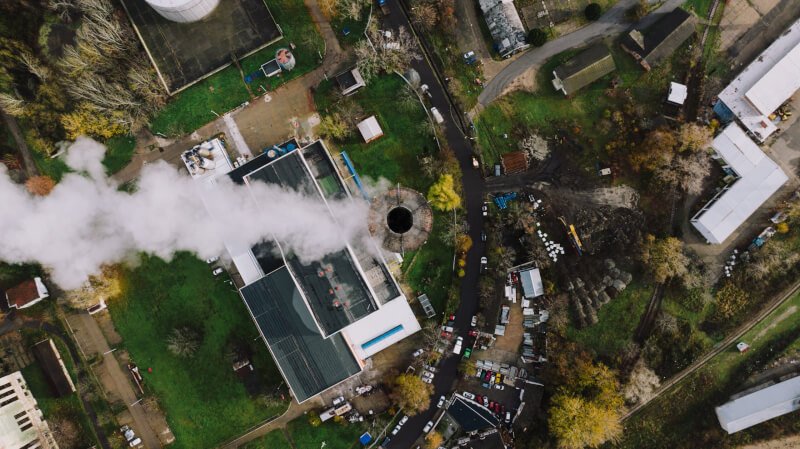Living in a city can come with its fair share of challenges, and one of them is limited outdoor space. But fear not! In this article, we will explore creative and practical ways for you to make the most of your small city garden. Whether you have a tiny balcony or a small backyard, we’ve got you covered with tips and tricks that will help you transform your limited space into a green oasis that you’ll love to spend time in. So roll up your sleeves and get ready to get your hands dirty, because we’re about to turn your city garden into a little slice of paradise.
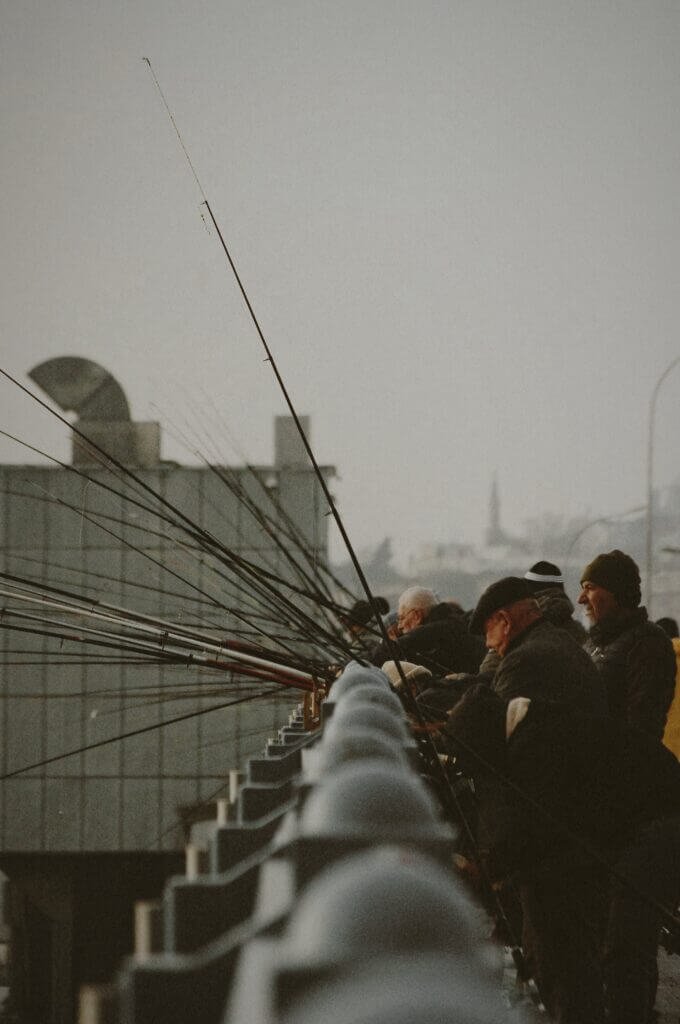
Planning and Design
Assessing the available space
When dealing with limited space in a city garden, the first step is to carefully assess the available space. Take note of the size and dimensions of your garden and consider any obstructions such as walls, fences, or trees. This will help you determine how much usable space you have and will guide your decisions on the layout and design of your garden.
Determining your goals and priorities
Before diving into the design process, it’s important to determine your goals and priorities for your city garden. Are you looking to create a peaceful oasis for relaxation? Or perhaps you want to grow your own herbs and vegetables? Understanding your priorities will help you make design choices that align with your ultimate goals for the space.
Creating a scaled layout plan
Creating a scaled layout plan is crucial when working with limited space. Using graph paper or a design software, sketch out your garden and accurately measure the dimensions. This will allow you to visualize how different elements will fit into the space and ensure that you make the most of every inch.
Considering the microclimate
The microclimate of your city garden, including factors such as sunlight exposure, wind patterns, and humidity levels, can greatly impact the success of your plants. Take note of these elements and choose plants that are suitable for your specific microclimate. This will help ensure that your garden thrives despite the limitations of a city environment.
Choosing the right plants for your space
Choosing the right plants is essential for a successful city garden. Opt for compact varieties or those that can be trained to grow vertically to maximize space. Consider the specific requirements of each plant, such as sunlight and water needs, and choose plants that can thrive in your microclimate. Additionally, exploring different types of plants, such as herbs and vegetables, can add both beauty and functionality to your city garden.
Vertical Gardening
Utilizing wall space
When faced with limited ground space, vertical gardening can be a game changer. Utilize the walls of your city garden to grow plants vertically. Install trellises or supports against the wall and train climbing plants to grow upwards. This not only adds greenery and visual interest, but it also maximizes the use of space.
Installing trellises and supports
To support climbing plants, install trellises or supports in your city garden. This will provide a framework for the plants to grow vertically and help them stay upright. Choose trellises that are sturdy and can withstand the weight of the plants. Additionally, consider the aesthetics and opt for designs that complement the overall look of your garden.
Hanging pots and baskets
Another way to make use of vertical space is by hanging pots and baskets. Hang them from the walls, ceilings, or even from a pergola or arch. This not only adds visual interest but also allows you to grow a variety of plants in a smaller footprint. Choose lightweight pots and baskets that can be easily hung and ensure they have proper drainage to prevent water accumulation.
Growing climbing plants
Climbing plants are a great addition to any city garden. They not only add vertical interest but can also provide privacy or shade if strategically placed. Choose climbing plants that are suitable for your microclimate and have the ability to grow vertically. Some popular options include clematis, jasmine, and ivy.
Creating a green wall
One innovative way to maximize space in a city garden is by creating a green wall. Green walls consist of a structure with pockets or panels where plants can be grown vertically. These walls not only add a touch of nature to your garden but also act as insulators, reducing heat and noise levels. Green walls can be created using a variety of materials, such as recycled pallets or specialized modular systems.
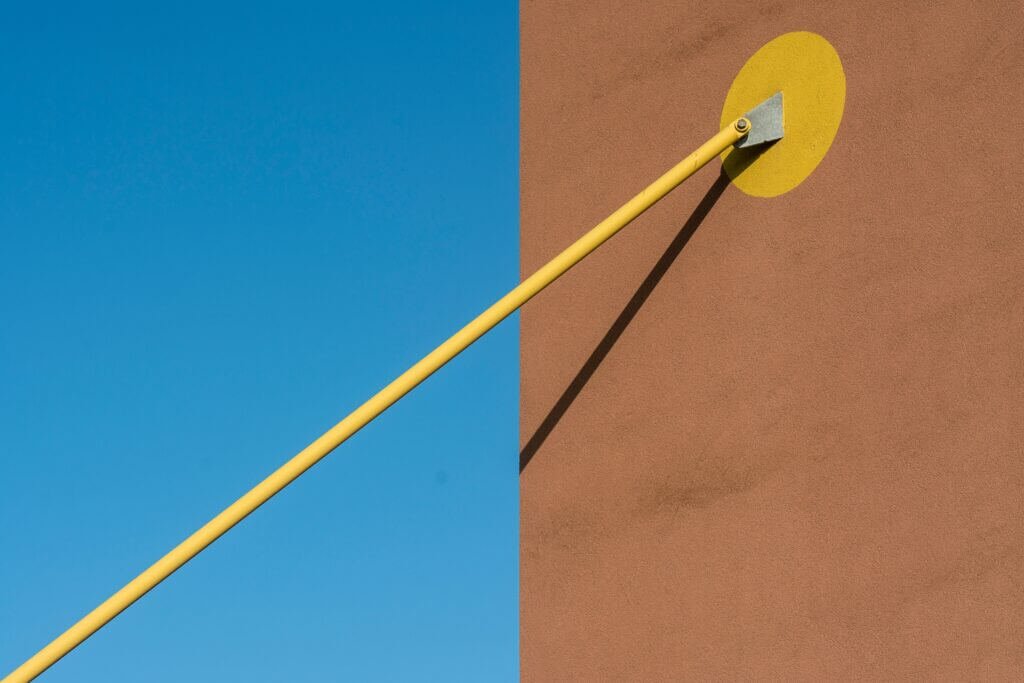
Container Gardening
Choosing appropriate containers
Container gardening is a fantastic solution for limited city garden spaces. When choosing containers, consider both functionality and aesthetics. Opt for containers that are suitable for the plants you intend to grow, ensuring they have proper drainage holes and sufficient depth. Additionally, take into account the material of the containers and choose ones that complement your garden’s overall design.
Optimizing space with vertical stacking
Vertical stacking is a smart technique to optimize space in container gardening. Consider using tiered plant stands or shelving units to stack containers vertically. This allows you to grow multiple plants in the same footprint and adds visual interest to your garden. Be sure to choose containers of varying heights to create a dynamic display.
Using hanging containers
Hanging containers are an excellent way to add greenery to a city garden without occupying limited floor space. Hang pots or baskets from pergolas, arches, or hooks attached to walls or fences. Opt for lightweight containers and ensure they have proper drainage. Additionally, consider the weight of the plants and choose sturdy hanging mechanisms.
Grouping plants in containers
Grouping plants in containers not only saves space but also creates stunning displays in your city garden. Choose plants with similar requirements and aesthetics and arrange them in containers of varying sizes. This not only adds depth and texture to your garden but also facilitates maintenance as you can easily care for multiple plants in one area.
Arranging containers strategically
Strategic arrangement of containers can greatly enhance the visual appeal of your city garden. Consider the height, color, and texture of the plants and arrange the containers in a way that creates a cohesive and balanced look. Experiment with different configurations and move the containers around until you achieve the desired effect.
Utilizing Edges and Boundaries
Creating borders and edges
Creating distinct borders and edges can help define and maximize the space in your city garden. Use materials such as bricks, stones, or raised planters to create borders that separate different areas within the garden. This not only adds structure but also prevents the garden from looking cluttered and allows for easier maintenance.
Installing raised beds or planters
Installing raised beds or planters is a great way to utilize the edges and boundaries of your city garden. Raised beds elevate the planting area, making it easier to access and maintain the plants. They can be customized to fit the available space and can even be designed with built-in seating or storage compartments.
Using window boxes and railing planters
Utilize the edges of windows and railings in your city garden by installing window boxes or railing planters. These provide additional planting space and add a splash of color and greenery to otherwise unused areas. Window boxes can be easily attached to the windowsills, while railing planters can be fixed onto the railings of balconies or porches.
Making use of fence or wall space
The fences or walls surrounding your city garden can be valuable vertical space for plantings. Consider attaching hanging shelves, planters, or trellises to the fences or walls. This not only adds visual interest but also allows you to maximize the available space. Choose plants that are suitable for the amount of sunlight in the area, ensuring they have proper support if they are climbing plants.
Incorporating hanging shelves or pallets
Hanging shelves or pallets can be a creative and space-saving solution for your city garden. Hang them on walls, fences, or pergolas and use them to display potted plants, herbs, or small decorative items. Pallets can also be used to create vertical planters or act as a backdrop for other elements in your garden design. Be sure to secure the shelves or pallets properly to avoid accidents.
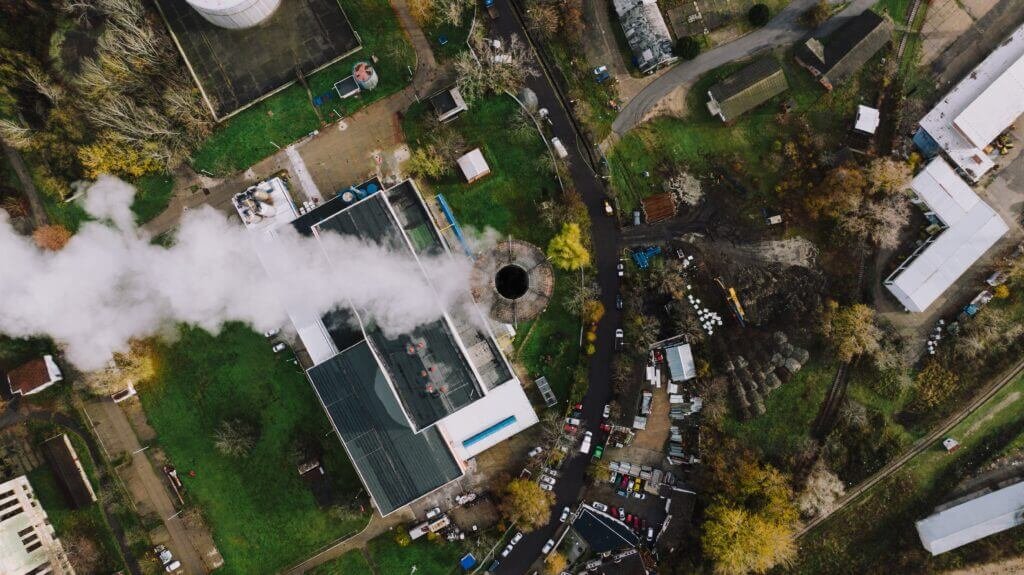
Maximizing Sunlight
Identifying the sunny areas in your space
Maximizing sunlight is crucial when working with a limited space city garden. Identify the areas in your garden that receive the most sunlight throughout the day and plan your plantings accordingly. This will help ensure that your plants receive the necessary light for optimal growth and productivity.
Utilizing reflective surfaces
Reflective surfaces can play a significant role in maximizing sunlight in your city garden. Consider incorporating materials like mirrors or light-colored tiles into your garden design. These surfaces will reflect sunlight onto your plants, increasing the overall light exposure and maximizing the growth potential.
Creating a mirror or prism setup
If you want to take advantage of the sunlight in your city garden, consider creating a mirror or prism setup. Install mirrors strategically to reflect sunlight onto shaded areas or use prisms to refract sunlight into different parts of your garden. This technique not only enhances the overall light exposure but also adds an element of intrigue and visual appeal.
Pruning nearby trees or shrubs
If nearby trees or shrubs cast excessive shade on your city garden, pruning them strategically can help maximize sunlight. Trim back branches that obstruct the sunlight and create more open spaces for light to penetrate. Be careful not to damage the trees or shrubs, and consider consulting a professional arborist if you are unsure about pruning techniques.
Choosing light-colored plants or reflective mulch
When selecting plants for your city garden, opt for those with light-colored foliage or flowers. Light colors reflect more sunlight, maximizing the amount of light available to neighboring plants. Alternatively, consider using reflective mulch around your plantings. Reflective mulch, such as silver or white, can bounce sunlight back onto the plants, providing them with additional light.
Growing Herbs and Vegetables
Using efficient planting techniques
Growing herbs and vegetables in a limited space city garden requires efficient planting techniques. Consider using techniques such as square foot gardening or companion planting to maximize productivity. These methods help optimize space by closely spacing plants and utilizing their natural synergies.
Opting for compact or dwarf varieties
When choosing herbs and vegetables for your city garden, opt for compact or dwarf varieties. These plants are specifically bred to thrive in smaller spaces and require less room to grow. Compact varieties of tomatoes, peppers, and herbs are readily available and can be easily grown in containers or raised beds.
Succession planting and intercropping
Succession planting and intercropping are effective strategies for maximizing productivity in a city garden. Succession planting involves planting new crops as soon as the previous ones are harvested, allowing you to utilize the available space throughout the growing season. Intercropping involves planting compatible plants together to make the most efficient use of space and resources.
Growing in vertical spaces
Utilizing vertical spaces is key to growing herbs and vegetables in a limited city garden. Choose climbing or vining varieties and provide them with appropriate support such as trellises or cages. This not only saves ground space but also allows you to enjoy a bountiful harvest in a smaller area.
Creating a kitchen garden
One creative way to maximize space in a city garden is by creating a kitchen garden. Designate a specific area for growing herbs, vegetables, and even small fruit trees that are commonly used in your cooking. Not only will you have fresh ingredients at your fingertips, but a kitchen garden also adds a beautiful and functional element to your city garden.
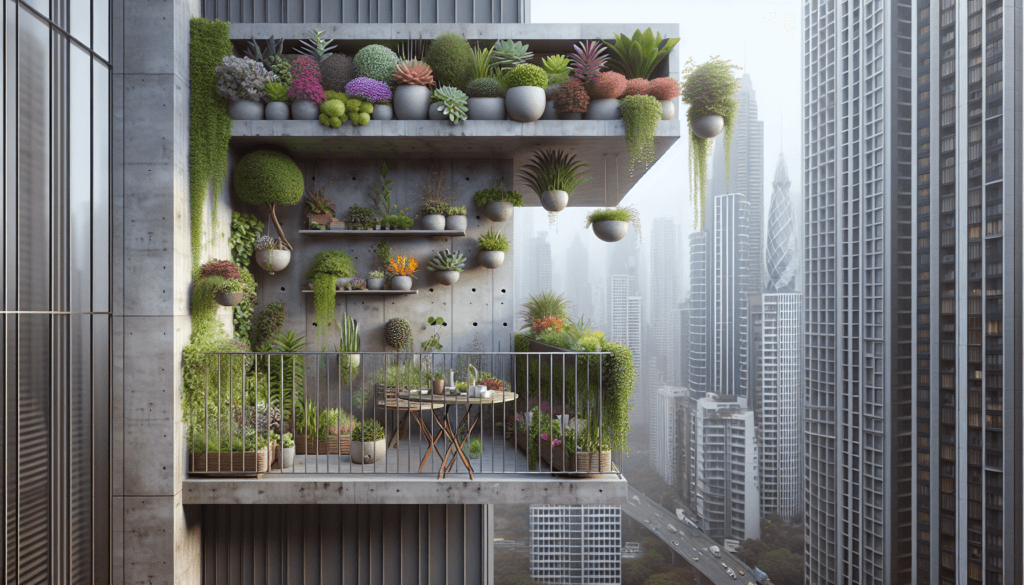
Implementing Smart Storage Solutions
Utilizing vertical storage options
Limited space in a city garden often means finding creative storage solutions. Utilize vertical storage options such as wall-mounted shelves, hanging racks, or tiered plant stands with built-in storage compartments. These will not only help organize your gardening tools and supplies but also free up valuable floor space.
Building shelves or racks
Building shelves or racks can provide additional storage space in a city garden. Construct them along walls, fences, or even on the sides of raised beds or pergolas. These shelves or racks can be used to store pots, garden tools, or decorative items, keeping them organized and easily accessible.
Installing hooks and pegboards
Hooks and pegboards are a versatile storage solution for a city garden. Install hooks on walls, fences, or the sides of raised beds and use them to hang garden tools, hoses, or even lightweight hanging baskets. Pegboards can be mounted on walls or fences and provide a customizable storage solution for smaller gardening tools and supplies.
Utilizing underutilized spaces
Make use of underutilized spaces in your city garden for storage. These spaces can include the undersides of benches, the corners of raised beds, or even the gaps between existing structures. Utilize storage containers or baskets that fit within these spaces and store items such as potting soil, fertilizers, or small gardening tools.
Creating a storage shed or cupboard
For larger city gardens, consider creating a dedicated storage shed or cupboard. This allows you to store larger gardening tools, such as lawnmowers or wheelbarrows, and keep them protected from the elements. Be sure to design the shed or cupboard to fit the available space, ensuring it complements the overall design of your garden.
Creative Use of Mirrors and Optics
Using mirrors to create an illusion of space
Mirrors are an excellent tool to create the illusion of space in a city garden. Strategically place mirrors on walls or fences to reflect the surrounding greenery and visually expand the size of your garden. This technique not only adds depth but also makes the garden feel more open and inviting.
Placing mirrors strategically
Placement of mirrors in a city garden is crucial to achieve the desired effect. Consider the angles and sightlines within your garden as well as the reflections you want to capture. Experiment with different mirror sizes and shapes, and pay attention to the resulting reflections to create an inviting and visually interesting space.
Creating reflections with water features
Water features are not only aesthetically pleasing but can also be used to create reflections in your city garden. Add a small pond, fountain, or even a shallow basin to your garden design. The addition of water will not only attract wildlife but also create mesmerizing reflections of your surrounding greenery.
Utilizing optical illusions for larger appearance
Optical illusions can be utilized in a city garden to create the perception of a larger space. Planting taller or larger plants in the foreground and gradually transitioning to smaller plants in the background can give the illusion of depth. Incorporate pathways or winding trails to visually expand the garden and create intrigue.
Using reflective surfaces to distribute light
In addition to maximizing sunlight, reflective surfaces can also be used to distribute light evenly throughout the city garden. Place reflective surfaces strategically to bounce light onto shaded areas or to create a soft glow in the evening. This not only enhances the overall ambiance but also ensures that all parts of the garden receive adequate light.
Incorporating Multi-purpose Furniture and Structures
Creating seating with built-in storage
Multi-purpose furniture is a practical solution for a city garden with limited space. Consider investing in seating options, such as benches or chairs, that come with built-in storage compartments. This allows you to have a comfortable seating area while also providing additional storage space for gardening tools or outdoor cushions.
Choosing foldable or stackable furniture
Foldable or stackable furniture is perfect for a city garden as it can be easily stored when not in use. Opt for foldable chairs or tables that can be collapsed and stacked against a wall or stored in a small shed. This frees up valuable space and allows for flexibility in the usage of your outdoor area.
Using planters as seating or tables
Another clever way to maximize space in a city garden is by using planters as multi-purpose furniture. Choose large, sturdy planters and top them with a cushion or piece of glass to create seating or a table. This not only adds functionality but also blends seamlessly with the surrounding greenery.
Installing dual-purpose pergolas or arches
Dual-purpose pergolas or arches are a fantastic addition to a city garden. These structures not only provide support for climbing plants but can also create a shaded seating area or a stunning outdoor focal point. Utilize the space underneath for additional storage or as a living area, maximizing the functionality of your garden.
Building a vertical herb garden with shelves
A vertical herb garden with shelves is an innovative solution for growing herbs in a limited city garden. Install shelves against a wall or fence and fill them with potted herbs. This not only saves space but also allows for easy access to your favorite herbs while cooking. Choose a sunny spot and ensure the shelves are securely fixed to avoid accidents.
Utilizing Nooks and Crannies
Transforming alleyways or corridors
Utilize alleyways or corridors in your city garden by transforming them into functional spaces. These narrow areas can be turned into vibrant herb gardens, miniature container gardens, or even lined with hanging baskets. Use trellises or vertical structures to add height and create visual interest.
Converting window sills into herb gardens
City gardens often lack substantial ground space, but windowsills offer a valuable opportunity for gardening. Convert your windowsills into herb gardens by placing small pots or window boxes filled with your favorite culinary herbs. This not only adds beauty and functionality but also provides easy access to fresh herbs for your recipes.
Designing a vertical garden on a balcony
If you have a balcony in your city garden, utilize the vertical space to create a stunning garden. Install hanging baskets, trellises for climbing plants, and vertical planters to maximize space. Select plants that are suitable for the amount of sunlight and wind exposure your balcony receives. This will elevate your balcony into a lush and inviting outdoor oasis.
Creating a cozy seating area in a corner
Transform a small corner of your city garden into a cozy seating area. Place a bench or a set of chairs and a small table in the corner, creating a secluded spot for relaxation and enjoyment of your garden. Surround the seating area with lush greenery or climbing plants to enhance the cozy ambiance.
Transforming a small corner into a composting zone
No garden is complete without a composting zone, even in a limited space city garden. Choose a small corner to create a composting setup, using a compost bin or homemade compost pile. This not only reduces waste but also provides nutrient-rich soil for your plants. Be sure to choose a location away from seating areas and use a proper composting system to prevent odors and pests.
In conclusion, making the most of limited space in a city garden requires careful planning and thoughtful design choices. Assessing the available space, determining goals and priorities, and creating a scaled layout plan are essential steps to maximize your space. Utilizing vertical gardening, container gardening, edges and boundaries, sunlight, growing herbs and vegetables, smart storage solutions, mirrors and optics, multi-purpose furniture and structures, and nooks and crannies are strategies to optimize the use of space in a city garden. With creativity and careful consideration, even the smallest city garden can be transformed into a lush and inviting oasis. So, roll up your sleeves, grab your gardening tools, and start making the most of your limited space in a city garden. Happy gardening!

